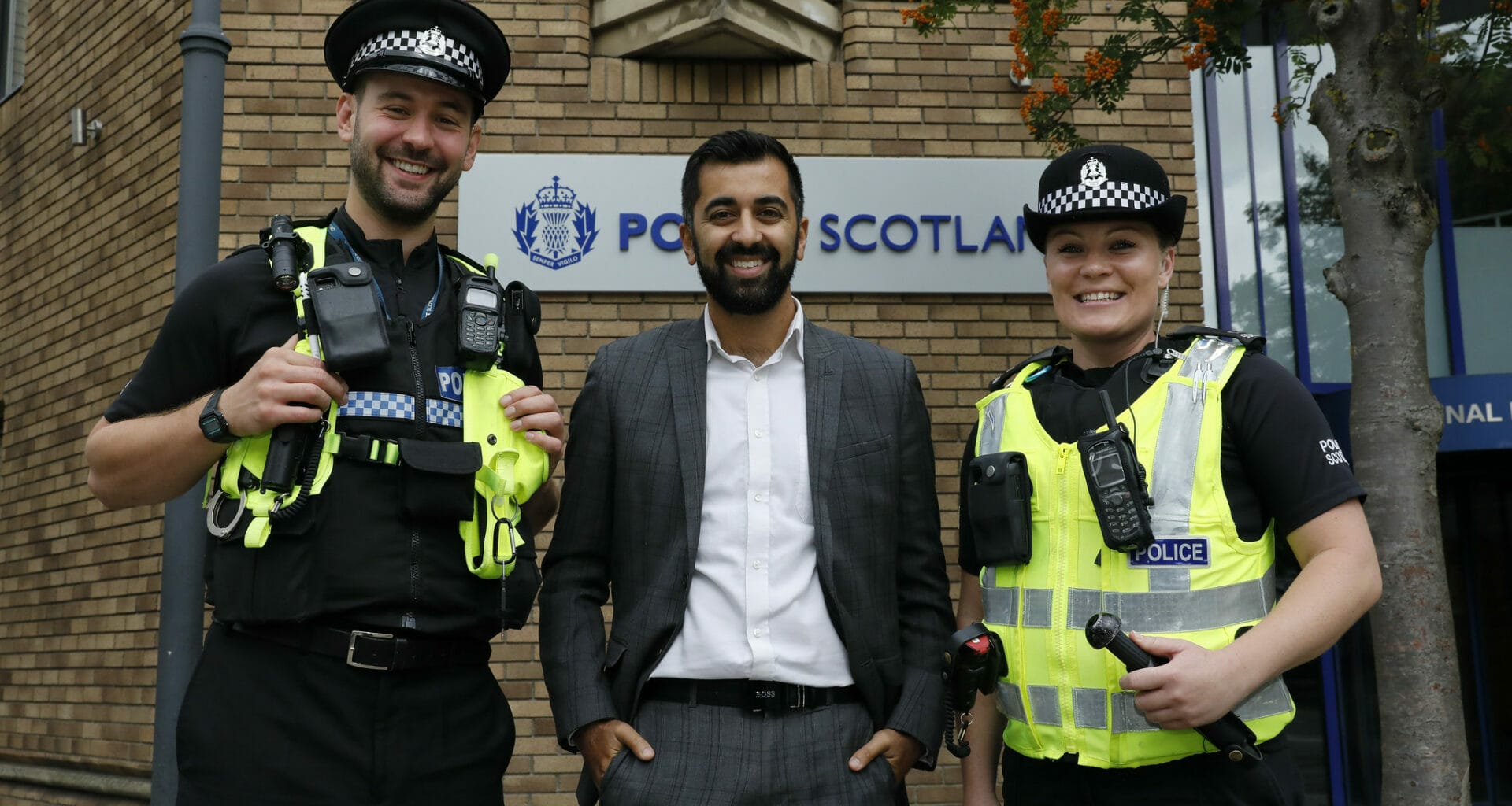Scotland’s new hate crime bill has been extremely controversial, with critics lambasting the law for perceived restrictions on freedom of speech and expression.
But what is actually changing and how will Scotland differ to the rest of the UK?
Ferret Fact Service explains.
What is the new legislation?
Scotland’s new hate crime legislation, the Hate Crime and Public Order (Scotland) Act 2021, came into force on 1 April 2024.
It was brought in after a review of Scotland’s existing hate crime laws by a senior Scottish judge, Lord Bracadale.
The new law aims to consolidate existing laws, and it extends the protection for vulnerable groups.
In the new legislation, offences are seen as “aggravated” if they include prejudice based on someone’s age, disability, race, religion, sexual orientation, or transgender identity.
There will also be an offence called “stirring up hatred”, which will apply to anyone who’s conduct “encourages others to hate a particular group of people”.
Why has it been controversial?
The act has led to controversy, with artists including Rowan Atkinson, Elaine C Smith and novelist Chris Brookmyre, alongside campaigners, claiming the legislation could impact freedom of speech in Scotland.
The concept of “stirring up hatred” has been criticised as too vague, and opponents argue it could be too open to interpretation.
Recently, a Police Scotland campaign featuring an animated character called the Hate Monster was criticised and ridiculed online. It was actually launched in 2023, but re-emerged ahead of the hate crime legislation coming into force.
The police campaign was criticised by commentators for linking hate crimes to young, white men from socially excluded communities.
Meanwhile, some campaigners have complained the new law does not include women, while others have argued the law may restrict people from expressing so-called ‘gender critical’ views. ‘Gender critical’ is a term used to describe those who are sceptical of gender identity and may be critical of laws enabling easier self-identification for transgender people.
Inclusion of transgender identity as a protected characteristic has led some commentators to argue that misgendering someone could lead to prosecution under the law.
What was the law before?
Previously, Scotland’s laws around hate crime were based around breaches of various bits of legislation.
These included the Public Order Act 1986, Crime and Disorder Act 1998, and the Criminal Justice (Scotland) Act 2003.
What are the key aspects of the new law?
One part of the new law deals with “aggravations”. This is when someone commits an offence, such as an assault, and they demonstrate or are motivated by prejudice towards a protected group. This is worded in the law as “demonstrated malice and ill-will”.
The protected groups covered in the new law are race, colour, nationality (including citizenship), or ethnic or national origins, age, disability, religious group, sexual orientation, transgender identity, or being intersex.
This offence was brought into law in 1998 to cover racially aggravated offences. Since then other characteristics have been protected, including disability, religion, sexual orientation and transgender identity. The new law adds age to these protections.
There is now an offence in Scotland called “stirring up hatred”. This covers the above protected groups, however there are different thresholds where an offence is committed. Transgender identity, being intersex, age, religion and sexual orinetation are now protected characteristics not previously covered by “stirring up hatred”
For stirring up hatred based on race, colour, nationality (including citizenship), or ethnic or national origins, a crime would be committed if a person shares material or behaves in a way that “a reasonable person would consider to be threatening, abusive or insulting”.
However, the bar for crimes linked to age, disability, sexual orientation, transgender identity, or being intersex are slightly higher. Behaviour would need to be reasonably considered “threatening or abusive” for a crime to be committed, rather than simply insulting.
The bar for “stirring up hatred” in relation to religious groups is higher still. The law states that “expressions of antipathy, dislike, ridicule or insult towards, religion, religious beliefs or practices, or the position of not holding religious beliefs” and “proselytising , or urging of persons to cease practising their religions” are allowed, and cannot be taken as threatening or abusive solely on this basis.
There is precedent for “stirring up hatred” being a legal offence. This has been against the law in Scotland when related to someone’s race since 1965.
In England, offences relating to race, someone’s sexual orientation and religion were already in place.
Writing on the new law, Professor James Chalmers, Regius Professor of Law at the University of Glasgow said: “Anyone stirring up hatred against such a group is almost certainly already committing a crime, such as threatening or abusive behaviour or breach of the peace. The effect of the act here is not to make criminal what is currently lawful, but to ensure that the law properly recognises and describes the crime.”
Will people be prosecuted for misgendering?
The threshold for prosecution in the new law is high. Law professor and former Conservative MSP Adam Tomkins said: “Asserting that sex is a biological fact or that it is not changed just by virtue of the gender by which someone chooses to identify is not and never can be a hate crime under this legislation”.
For misgendering someone to be considered a hate crime, it would have to be proven that it was done in a way that a “reasonable person would consider to be threatening or abusive” and was “intended to stir up hatred against a group of persons”.
What isn’t in the act?
The law does not include mysogyny as an offence. This was done with the anticipation that a separate law was to be put in place, but this has yet to be developed.
Blasphemy offences have been removed from hate crime legislation, with an outdated common law offence abolished in the act.
What about ‘non-crime hate incidents’?
A lot of media coverage surrounding the new law has been related to “non-crime hate incidents”. Reports in the first days after the law came into force suggested thousands of allegations had been made to Police Scotland.
A non-crime hate incident is recorded when an action is perceived by the victim or any other person to be motivated by hatred towards a protected group, but does not constitute a crime.
The recording of hate incidents is not new, and exists across the UK. This is often used to monitor the tensions within communities. They do not form part of the new hate crime bill.
Conservative MSP Murdo Fraser has criticised the practice after a comment he made was classed as a non-crime hate incident, and free speech campaigners have argued it may have a ‘chilling effect’ on freedom of expression.
Ferret Fact Service (FFS) is a non-partisan fact checker, and signatory to the International Fact-Checking Network fact-checkers’ code of principles.
All the sources used in our checks are publicly available and the FFS fact-checking methodology can be viewed here.
Want to suggest a fact check?
Email us at factcheck@theferret.scot or join our Facebook group.
Photo credit: Scottish Government, CC BY 2.0 DEED.














